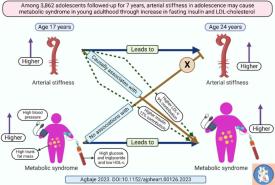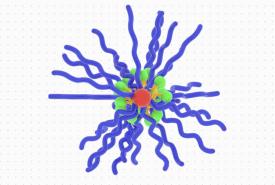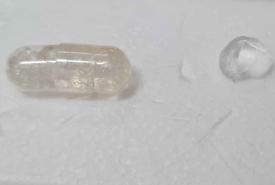Study unlocks potential breakthrough in Type 1 diabetes treatment
For the over 8 million people around the globe living with Type 1 diabetes, getting a host immune system to tolerate the presence of implanted insulin-secreting cells could be life-changing.
Rice University bioengineer Omid Veiseh and collaborators identified new biomaterial formulations that could help turn the page on Type 1 diabetes treatment, opening the door to a more sustainable, long-term, self-regulating way to handle the disease.


















